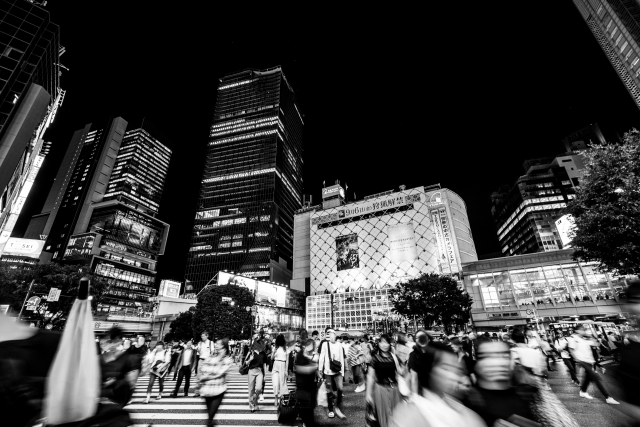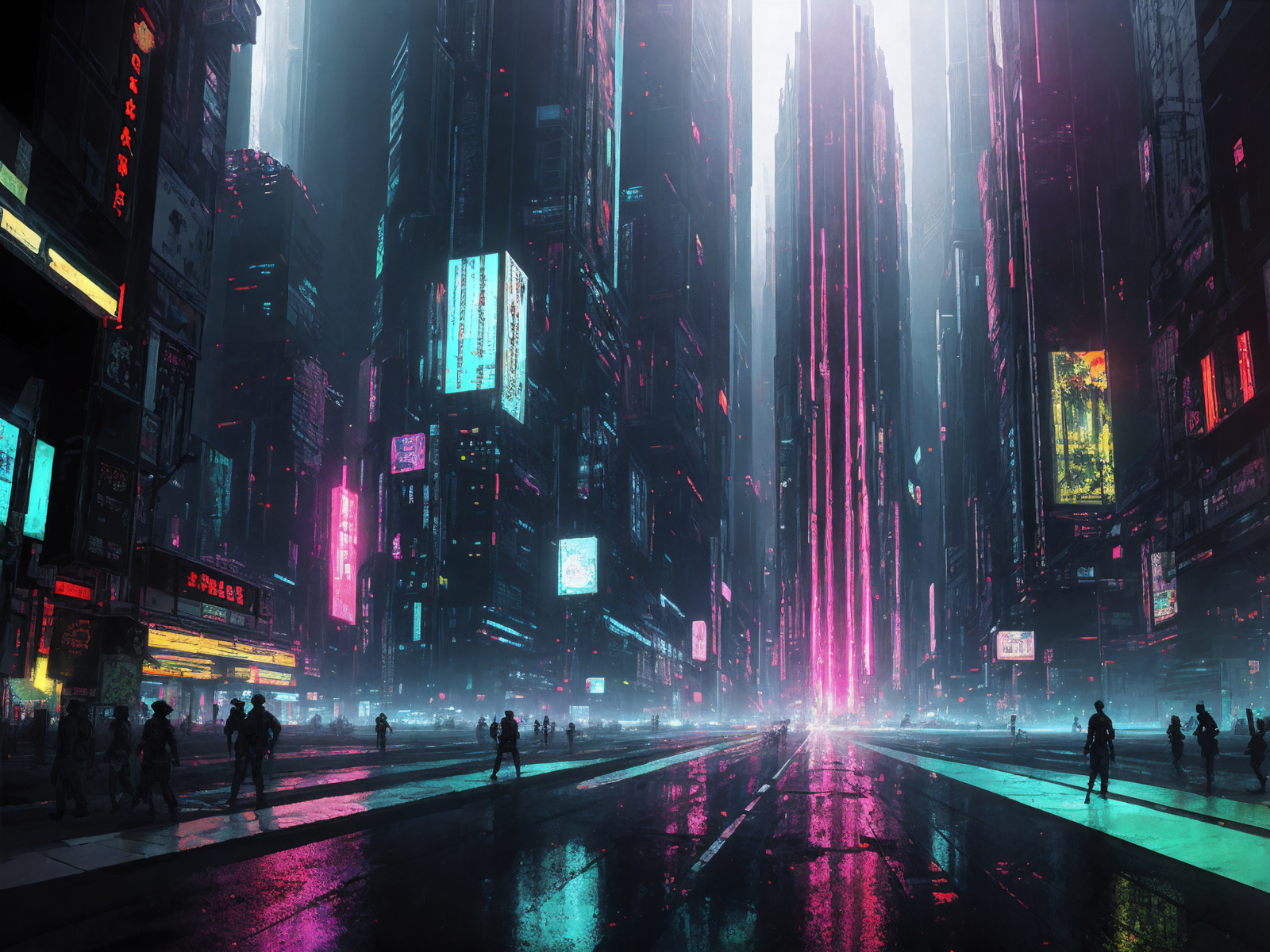Contents
Introduction to Terror in Resonance
 Terror in Resonance is not your typical anime. It delves deep into psychological tension, moral ambiguity, and emotionally charged storytelling, setting itself apart as a genre-defining masterpiece. Directed by the renowned Shinichiro Watanabe and brought to life by studio MAPPA, the series first aired in 2014. Known for pushing boundaries, it explores the darker sides of humanity, all while posing thought-provoking questions about justice, revenge, and societal flaws.
Terror in Resonance is not your typical anime. It delves deep into psychological tension, moral ambiguity, and emotionally charged storytelling, setting itself apart as a genre-defining masterpiece. Directed by the renowned Shinichiro Watanabe and brought to life by studio MAPPA, the series first aired in 2014. Known for pushing boundaries, it explores the darker sides of humanity, all while posing thought-provoking questions about justice, revenge, and societal flaws.
At its core, Terror in Resonance offers more than just a suspense-filled story. It critiques modern society, from government corruption to how trauma shapes individuals and their choices. The narrative is intimate yet broad, ensuring viewers connect emotionally while pondering its larger implications. Watanabe’s direction ensures every scene carries weight, supported by MAPPA’s stunning visuals that amplify the story's intensity.
What truly hooks viewers, though, is the intelligent storytelling and the morally complex characters. Nine and Twelve, two teenage terrorists, are not painted as villains but as broken individuals searching for meaning in a flawed world. Their journey, interwoven with that of a lonely girl and a determined detective, draws audiences into a story that is as compelling as it is heart-wrenching.
Plot Summary: The Fine Line Between Justice and Terror
 The story follows Nine and Twelve, two enigmatic teenagers who operate under the alias "Sphinx." They orchestrate calculated terrorist attacks across Tokyo, leaving cryptic riddles for the authorities to solve. But their actions are not driven by malice. Instead, they aim to expose a deeper conspiracy tied to their haunting pasts. Each attack, while destructive, reveals pieces of their motive and the pain that fuels them.
The story follows Nine and Twelve, two enigmatic teenagers who operate under the alias "Sphinx." They orchestrate calculated terrorist attacks across Tokyo, leaving cryptic riddles for the authorities to solve. But their actions are not driven by malice. Instead, they aim to expose a deeper conspiracy tied to their haunting pasts. Each attack, while destructive, reveals pieces of their motive and the pain that fuels them.
At its heart, the anime tackles profound themes. Justice, for one, is a recurring concept. Are Nine and Twelve villains, or are they victims retaliating against an unjust system? Their psychological struggles highlight the lasting scars of trauma, making them both relatable and tragic. The ethical dilemmas they present leave viewers questioning right and wrong.
Adding to the tension is Detective Shibazaki, a veteran investigator drawn into the case. His pursuit of Sphinx isn’t driven by a desire for punishment but by his own quest for truth and justice. The dynamic between him and the teenage duo creates an emotional and intellectual battle that keeps viewers on edge. Meanwhile, society's reaction to Sphinx's actions reflects the fear, confusion, and manipulation that often accompany such events, making the story eerily realistic.
Character Profiles: The Players Behind the Chaos
 Nine and Twelve are the heart of Terror in Resonance. These two teenagers share a tragic history that binds them together. Nine is calculated and reserved, while Twelve is more playful and spontaneous. Their contrasting personalities balance the duo, making them an intriguing pair to follow. Both characters are driven by a desire to reveal the truth, even if it means walking the thin line between hero and villain.
Nine and Twelve are the heart of Terror in Resonance. These two teenagers share a tragic history that binds them together. Nine is calculated and reserved, while Twelve is more playful and spontaneous. Their contrasting personalities balance the duo, making them an intriguing pair to follow. Both characters are driven by a desire to reveal the truth, even if it means walking the thin line between hero and villain.
Lisa Mishima adds a human element to the story. A socially ostracized teenager, Lisa finds herself caught in the whirlwind of Sphinx's plans. Her loneliness and struggles mirror the pain Nine and Twelve feel, making her involvement more than just coincidental. As she becomes an unwilling accomplice, her interactions with the duo bring warmth and vulnerability to the otherwise intense narrative.
Detective Shibazaki is another standout character. A seasoned investigator with a keen intellect, Shibazaki becomes obsessed with uncovering the truth behind Sphinx. But his journey isn’t just about solving a case. His interactions with Nine and Twelve force him to confront his own values and the societal systems he represents. Through his perspective, the anime raises questions about justice, morality, and the cost of truth.
Visuals, Soundtrack, and Storytelling Impact
 One of Terror in Resonance’s most striking aspects is its visual storytelling. Produced by MAPPA, the animation masterfully captures the intensity and somber tone of Tokyo under siege. Each frame is carefully crafted to reflect the psychological weight of the story. The cityscapes, painted in muted tones, evoke a sense of realism that grounds the fantastical elements of the narrative. Action sequences, whether explosions or tense confrontations, are rendered with meticulous detail, keeping viewers fully immersed in the unfolding drama.
One of Terror in Resonance’s most striking aspects is its visual storytelling. Produced by MAPPA, the animation masterfully captures the intensity and somber tone of Tokyo under siege. Each frame is carefully crafted to reflect the psychological weight of the story. The cityscapes, painted in muted tones, evoke a sense of realism that grounds the fantastical elements of the narrative. Action sequences, whether explosions or tense confrontations, are rendered with meticulous detail, keeping viewers fully immersed in the unfolding drama.
MAPPA’s ability to convey emotion visually is equally remarkable. Subtle character expressions, lingering shots, and the use of lighting amplify the tension and vulnerability that permeates the series. For instance, scenes of Nine and Twelve planning their next moves are often juxtaposed with quiet, introspective moments, highlighting their inner turmoil. The visual symbolism—like Tokyo’s stark contrast between bustling crowds and moments of eerie silence—creates an atmosphere of constant unease.
Adding to the emotional resonance is Yoko Kanno’s unforgettable score. Known for her ability to elevate narratives through music, Kanno delivers a haunting soundtrack that perfectly complements the story’s tone. Tracks range from suspenseful beats that keep you on edge during critical moments to somber melodies that underscore the characters’ emotional struggles. The opening theme, “Trigger,” sets the tone for the series, while quieter compositions like “Von” capture the sense of loss and longing that defines much of the story.
The series’ narrative depth is another standout. Its pacing, often deliberate, allows for a thoughtful exploration of themes like morality, justice, and trauma. The riddles posed by Nine and Twelve are not just plot devices but intellectual puzzles that challenge both the characters and the audience. Symbolism is woven throughout the story, with elements like chess pieces and mythology serving as metaphors for the characters’ internal and external battles. The combination of visual, auditory, and narrative elements creates an experience that is as engaging as it is emotionally impactful.
Why Terror in Resonance Is a Must-Watch
 Terror in Resonance sets itself apart from other psychological anime through its unique blend of moral ambiguity, societal critique, and deeply personal storytelling. Unlike many series that focus solely on action or suspense, this anime invites viewers to question the very fabric of justice and humanity. Its protagonists, Nine and Twelve, are not traditional heroes or villains. Instead, they exist in a morally gray area, forcing the audience to grapple with their motivations and actions.
Terror in Resonance sets itself apart from other psychological anime through its unique blend of moral ambiguity, societal critique, and deeply personal storytelling. Unlike many series that focus solely on action or suspense, this anime invites viewers to question the very fabric of justice and humanity. Its protagonists, Nine and Twelve, are not traditional heroes or villains. Instead, they exist in a morally gray area, forcing the audience to grapple with their motivations and actions.
In comparison to other psychological thrillers like Death Note or Psycho-Pass, Terror in Resonance offers a more intimate exploration of its characters. While those series lean heavily on grand philosophical debates or dystopian settings, Terror in Resonance keeps its focus on personal trauma and the quiet tragedies that shape its protagonists. The result is a story that feels raw and authentic, resonating deeply with viewers.
Fan reactions further cement the series’ legacy. Many praise its gripping plot and the emotional depth of its characters. Nine and Twelve’s complex relationship, combined with Lisa’s struggle for belonging and Shibazaki’s relentless pursuit of justice, creates a web of interactions that feel real and relatable. Viewers also commend the series for its ability to balance action with introspection, keeping them on the edge of their seats while providing moments for reflection.
If you’re a fan of anime that challenges conventions and engages both the heart and mind, Terror in Resonance is a must-watch. Its thought-provoking themes, coupled with its stellar visuals and unforgettable soundtrack, create an experience that lingers long after the credits roll. Whether you’re drawn to psychological depth, emotional storytelling, or societal critique, this series delivers on all fronts. It’s an anime that doesn’t just entertain—it leaves you questioning and reflecting, making it a standout in the genre.



